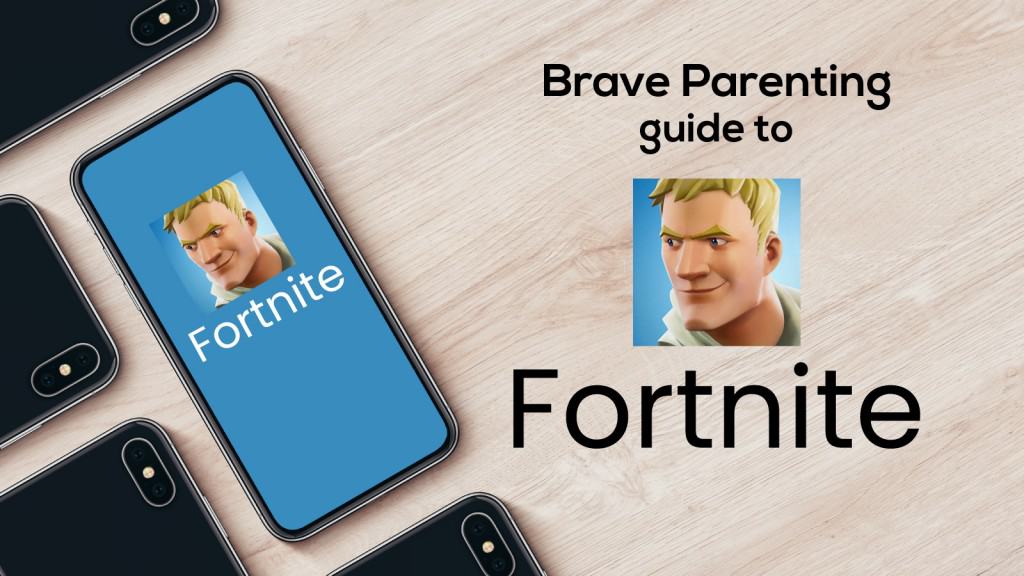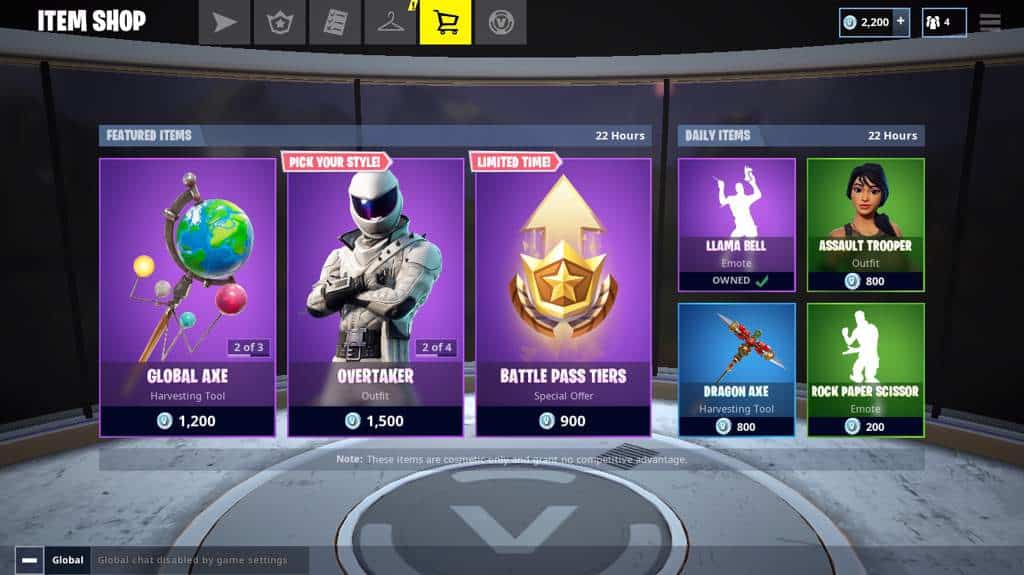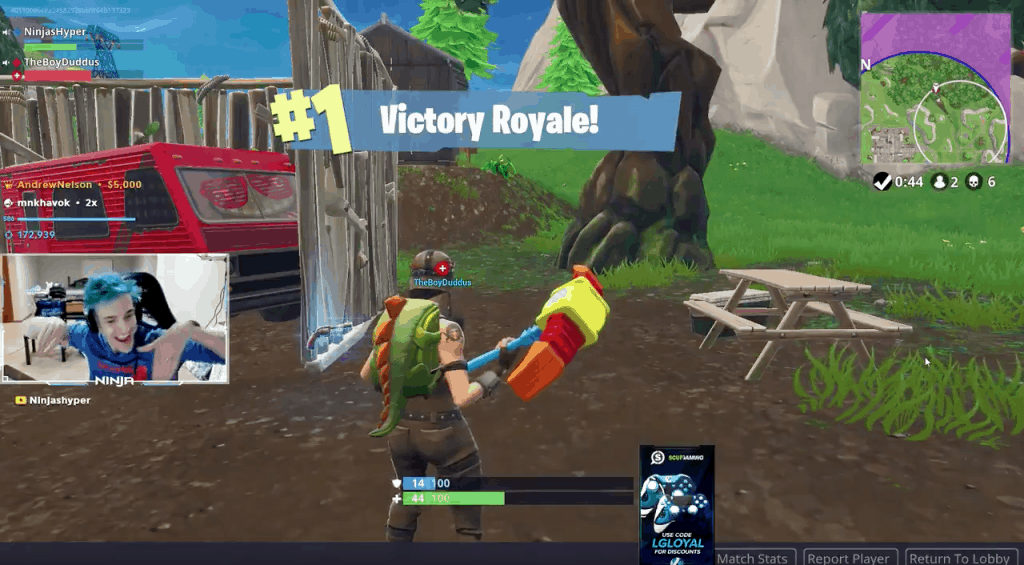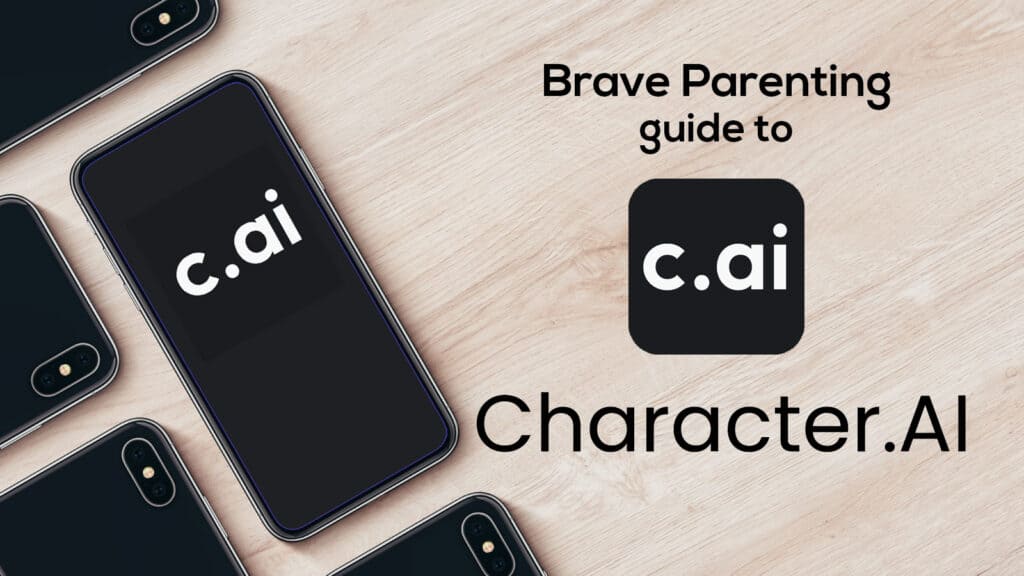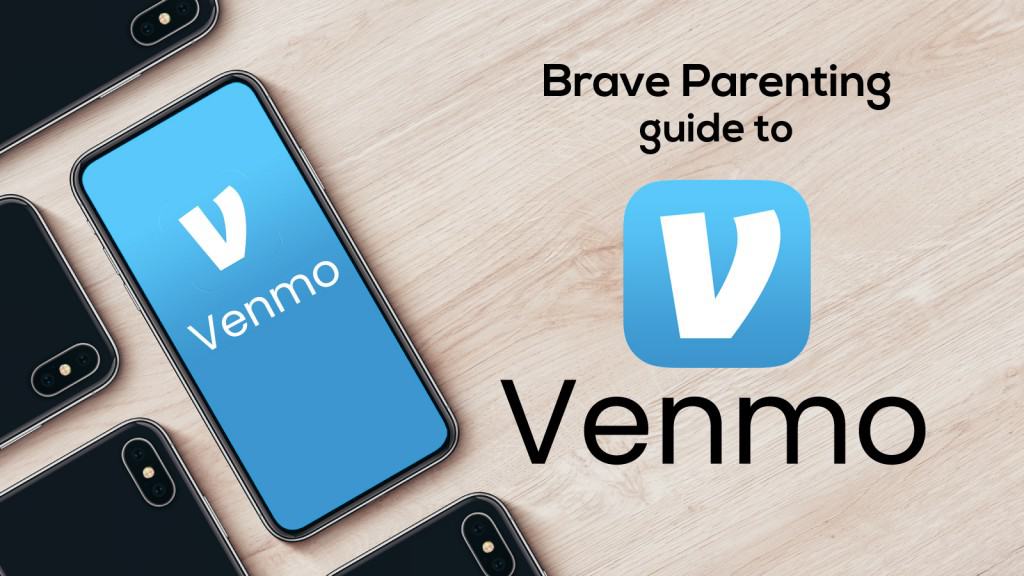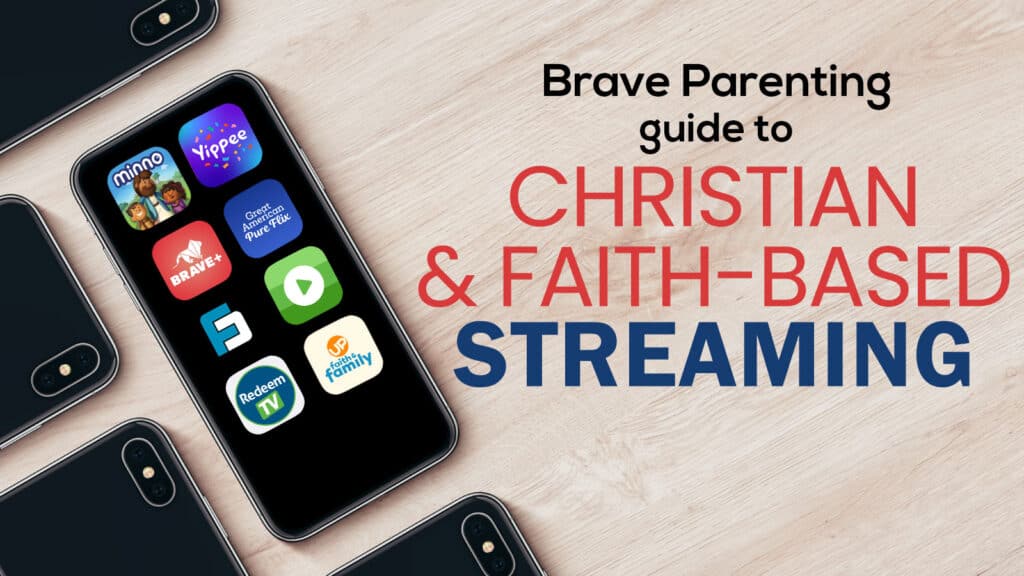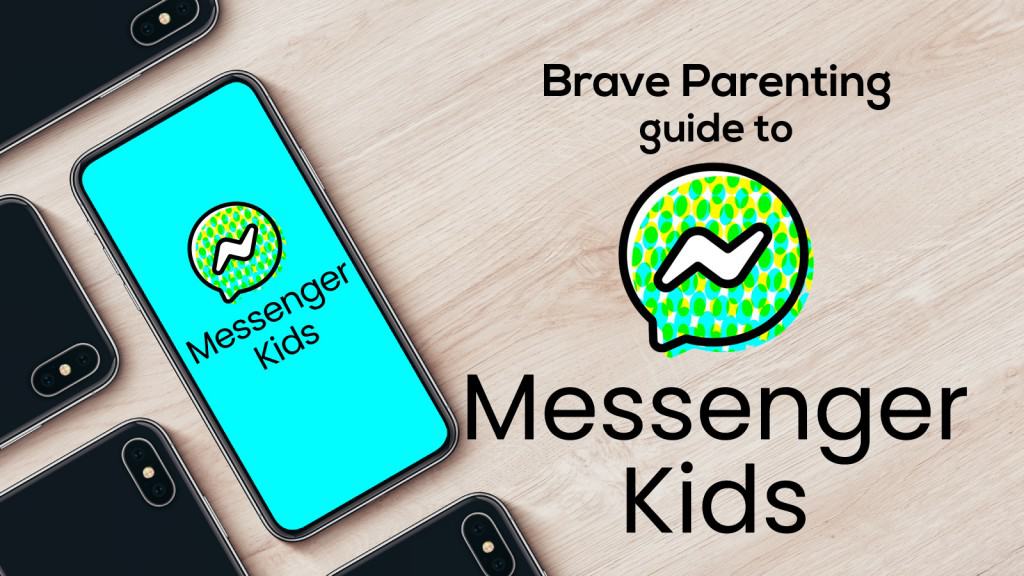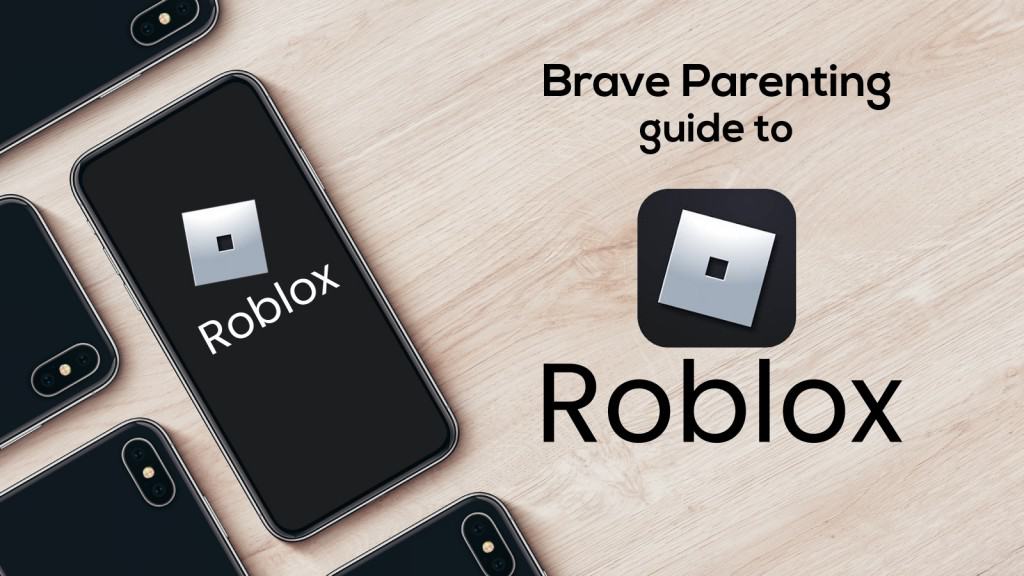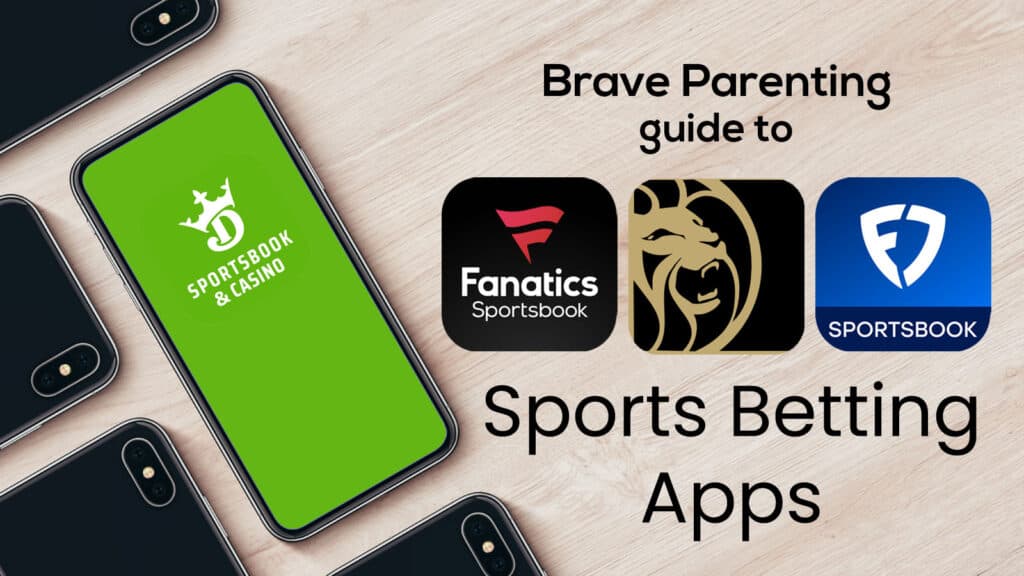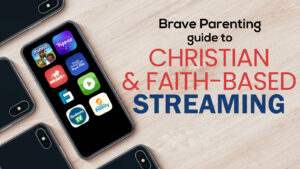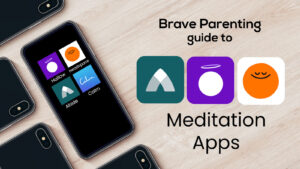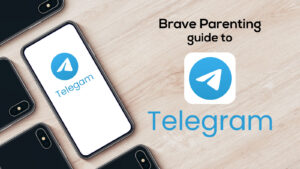What is Fortnite and is it appropriate for my child?
Here are 5 FACTS every parent needs to know about Fortnite:
#1 Multi-player Third Person Shooting Video Game
Fortnite came onto the video game seen in 2017 as a free-to-play Battle Royale style game. It’s unparalleled popularity and has become a cultural phenomenon. As of May 2020, Fortnite boasts 350 million players.
Battle Royale games are best described as Hunger Games-style where players fight in a shrinking arena to be the last one standing. The gameplay of Fortnite involves up to 100 players, either solo or in squads, free-falling from a floating bus into a large, randomly generated map. The players, who start with minimal equipment, then scan the terrain for weapons and resources in order to survive. In order to ensure games reach a timely conclusion, the safe area of the map slowly shrinks over the course of the match, forcing players to keep moving and inevitably bringing them into contact with each other.
One key feature contributing to Fortnite’s success is the ability for cross-platform play. Whether playing the game on a console like Xbox, PS4, or Switch, a PC, or on a smartphone, players can play together in the same arena. This is not typically the case for online games.
The Fortnite experience changes with each new season. Each season lasts about 10 weeks and brings new features, items, modes, and other elements that don’t affect the goal of the game but alters the feel.
#2 V Bucks, Battle Passes, Skins, & Emotes (Dance Moves)
Fortnite is FREE to play, however, 70% of players spend an average of $85 in the game. In 2019, the game brought in 6.9 billion dollars in revenue, showing that developing free-to-play (and free-to-win) games can be highly lucrative. All the items purchased in Fortnite are purely cosmetic. They do not impact a players ability or chances to win the game. It’s not a pay-to-progress in the game, it’s a pay-to-look-cool.
Fortnite’s currency are V-Bucks. You can buy 1000 V-Bucks $9.99 or 2500 (+300 Bonus) V-Bucks for $24.99. Another common way to spend money in the game is on a Battle Pass. Every season offers a Battle Pass for 950 V-Bucks (basically $9.99). This offers the player a set of (cosmetic) rewards that can be unlocked by completing weekly challenges. If you don’t complete the battle pass in time, you don’t get the content.
What are these illustrious cosmetic items?
SKINS
These are the different characters or player costumes. The skins cost around $20 to purchase or they can be earned with Battle Passes. Again, these items have no impact on gameplay but they look good. Because players are often playing with friends, there can be a peer pressure to enhance their virtual-selves.
School-aged kids who play Fortnite have said that paid skins are a major status symbol inside the game. So much so that kids are bullied as “poor” if they stick to the free, default skin.
EMOTES
These are dance moves or taunts that players use to express themselves on the battlefield. They can be purchased in the Item Shop using V-Bucks or won in the Battle Pass season.
Athletes, celebrities, and politicians have replicated these popular Fortnite dances in real life.
#3 Hooked? or Addicted?
Fortnite has many elements that make it compelling to play, from characters with fun outfits and dances to always-changing weapons, landscapes, and challenges. The game uses short-lived opportunities to generate a great amount of “FOMO” (Fear of Missing Out). Each day there is a limited selection of items to purchase and offered in loot boxes. This serves as a great way to drive players into the game and Item Shop every day and to purchase items while they are available.
Since its rise to fame, headlines displayed the growing concern about the game’s addictive nature:
- Fortnite is as addictive as heroin
- Young girl would rather wet herself than stop playing
- Fortnite has been brought up in 200 UK divorce cases
- Boston Red Sox pitcher David Price had to pull out of a game with rivals the New York Yankees due to carpal tunnel syndrome (reportedly caused by playing Fortnite.)
Important to remember that in 2018 the World Health Organization and the American Psychiatric Association has declared Internet Gaming Disorder an addictive disorder.
Studies suggest that when individuals are engrossed in Internet games, certain pathways in their brains trigger in the same way as that of a drug addict. Moreover, gaming prompts a neurological response producing feelings of pleasure and reward. The result is manifested as addictive behavior.
#4 Streamers
When it comes to video games, especially Fortnite, it’s like the children’s book, If You Give a Pig a Pancake. If you give them Fortnite – they’ll want a streaming channel to go with it.
This is because several Fortnite players who “stream” their gameplay have become household names (and legends) in the eyes of children.
Probably the most iconic is Tyler Blevins who goes by the name “Ninja”. At his peak, he streamed for about 12 hours a day and made $500,000 a month in paid subscriptions to his Twitch channel. Additionally he has sponsors and endorsements making him even more. At 27 years old, he became the first video game player to grace the cover of ESPN magazine.
During the CNBC interview, Blevins said:
“All the kids out there, you can’t just drop everything and focus on playing video games for a living,” pointing out that when he first started his gaming career, he was also working, going to college, and playing soccer. “You want to make sure you’re securing your future and putting in the extra time to make this happen as well.”
In addition to the concern of time spent playing, streaming comes with its own risks. Check out our review of Twitch, the most popular streaming platform, to learn more.
#5 Parental Controls & Ratings
Against the desires of children, Fortnite has begun to offer a suite of parental controls.
You can customize settings such as:
- Filter mature language
- Auto-decline friend requests
- Hide your name from non-squad members
- Hide non-squad members names
- Voice chat (can totally disable)
- Text chat
- Weekly playtime reports
Furthermore, parental controls are available on devices themselves. Consoles offer limits for playtime, adding friends, broadcasting gameplay, etc. Smartphones offer limits for downloading apps, time limits, etc.
App store: 12+
Google Play: Fortnite isn’t available on Google Play. To play on an Android, it must be downloaded directly from Epic Games.
Fortnite: T for Teen [ERSB Rating = 13+]
Brave Parenting: 12+
The game’s popularity across Gen Z has given rise to players as young as 7-8 years old. The core of the game involves guns, shooting, and killing other players which can be a concern for elementary-aged players. With that said, the gameplay environment feels far more neutral with playful, bright colors, fun characters, dancing, and teddy bear back packs.
We believe the most concerning factor is its “addictive” nature. Fortnite’s intermittent rewards and FOMO-induced purchasing heavily impacts young, underdeveloped minds. Spending real money on virtual cosmetic items in a video game isn’t teaching kids financial wisdom. Even if kids are spending their own money, its extremely hard to justify this habit.
The game is rated 13+ but we know that many parents allow children to play younger. Primarily we recommend co-playing the game with your child under 13. Use this time to bond with one another, teach healthy gaming boundaries and to gauge their character. Are they intent on spending money? Do they win or lose with dignity? Can they self-regulate the time they play? By doing this, parents can use Fortnite to teach and refine character.

